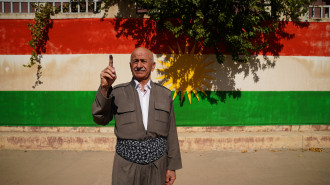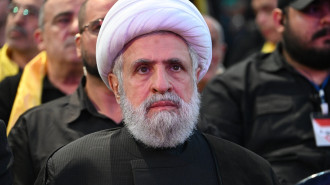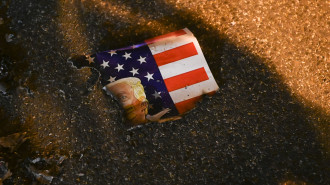The Iraqi marshes: More than three decades of man-made ecological disaster
In his adventure book recounting his journey in the Arab marshes, where he lived for several years between 1951 and 1958, Wilfred Thesiger prophesised the disappearance of the southern Iraq swamps in the years to come:
"Soon the Marshes will probably be drained; when this happens, a way of life that has lasted for thousands of years will disappear."
Thesiger accurately foresaw that social and political turmoil, coupled with environmental change, would lead to the vanishing of this vital ecosystem and the unique traditional lifestyle it holds.
Turning a precious ecosystem into a battlefield
Fewer than twenty years after Thesiger's words, the Marshes were turned into one of the most brutal battlefields of the Iran-Iraq war. Decades later, writer and reporter Robert Fisk shared the memories of a witness describing how Major General Hisham Sabah al-Fakhry dealt with the advance of Iranian troops into the Marshes:
"He got the Iranians into a pocket in the Marshes then the Iraqis built a big dam to the east of them. […] Al-Fakhry brought huge tanker trucks down and pumped fuel into the marshland and then fired incendiary shells into the water and […] burned and killed everything, the whole environment. Then when the fire was out, he brought electrical generators and put huge cables into the marsh waters and electrified everything so that there was no source of life left in that place. […] Gutted bodies were floating everywhere, even women and children were among them - marsh people [… were] being wiped out. I saw about thirty women and children, all gutted open like fish, and many, many Iranians."
The Marshes' fragile environment was not given a lot of time to recover from this carnage. Right after the Iran-Iraq war left about half a million people dead, the Shaaban intifada erupted in the south of Iraq.
Constantly oppressed and marginalised Shias of the region rose to oppose the predominantly Sunni Baath regime. Army deserters used the swamps as hideouts and set up ambushes on military convoys, heavily disrupting the regime capabilities in the area. Saddam Hussein's response was not the most subtle. He ordered the drainage of the swamps - 95 percent of the wetlands were subsequently drained in the following years.
Twitter Post
|
The Shaaban uprising was crushed in the most ruthless way, with extermination camps being created to execute hundreds of prisoners. Thousands died or disappeared in the south of Iraq at that time. Saddam also ordered the leveling of all islands on which the Marshes Arabs had their settlements, in an attempt to completely wipe out the community from the wetlands. Subsequently, the inhabitants were displaced Iraq.
Today, near the village of Shebaysh, in the heart of the Marshes, stands a massive and unusual monument shaped as a mosque. In front of it, in the middle of a traffic roundabout, two hands emerge from the ground, carrying a heart from which reeds spread out, symbolising life and the sacrifice made by the rebels of the area.
Inside the large dome, visitors can discover an exhibition that retraces the events of the uprising and the ruthless campaign to suppress it, led by Ali Hassan al-Majid - also known as "Chemical Ali", Saddam Hussein's cousin.
Ali was the commander of military operations against the insurrection. Images of Ali personally executing prisoners in one extermination camp appear next to pictures of mass graves and "martyrs" in the immense hall of the museum, alongside the remains of fighters who perished in the Marshes.
No time to heal
The suffering and sacrifices made by the inhabitants of the area are hard to fathom. "We were deported and sent to concentration camps near Tikrit in Salaheddin province, away from our bufallos and our villages," Raad Ghawaleb, a buffalo herder from the settlement of Yishan Hallab, told The New Arab.
 |
Our buffalo are dying. We can't continue our lifestyle here |  |
"It was very hard. We are people of the marshes and they forced us to move to the north, where we were kept in camps for years and were forced to work in the fields."
Ghawaleb and his relatives finally returned to their village in the Marshes in 2005, after almost fifteen years of exile. But soon a new threat emerged. Once again, with the draining of the marshes in the early 1990s, a unique ecosystem and way of life had been critically endangered, but by a much more insidious plague.
"Our buffalo are dying. We can't continue our lifestyle here," says Ghawaleb. "Things were alright until 2015, but after that, a succession of droughts made the water level decrease in the Marshes. On top of that, we can't compete with the price of Iranian buffalos - three times cheaper than ours. Our environment is dying and there's little we can do. I expect that within one year I will have sold all my cattle and will move out of the Marshes."
The dramatic assessment comes as no surprise to those who are aware of the critically low levels of water in the Tigris and Euphrates, which supply the swamps throughout the year. A combination of overconsumption and water scarcity has significantly decreased the rivers' levels. Major dams, such as the Ilişu project in Turkey, are accelerating the problem.
Hence, the Marshes, awarded UNESCO World Heritage statis not more than two years ago, is facing a devastating ecological crisis that will likely result in the uprooting of its local communities.
In Yishan Gubba, another settlement, Ismail Khalil Noor, another buffalo herder, comes to the same conclusions.
Twitter Post
|
"We're forced by the conditions to get out. We can't sustain this lifestyle in these conditions. Previously, the government did a few things for us. In 2005, they recreated artificial islands to help us repopulate these parts. Then, they subsidised some of the crops to feed the buffalo for a few years.
"The villagers were promised new infrastructure such as a school for the children, but nothing happened. The money disappeared in corruption. The level of pollution and salinity of the water is slowly killing our cattle. We've lost dozens of animals since 2015."
Ismail brings us to an animal slightly isolated from the others. "It's dying," he says, because of the polluted water. Nearby, in the pack, a young buffalo goes around looking for milk from other buffalo teats. "His mother died a few days ago. He's probably not going to make it because I have only one other female buffalo currently giving milk."
Reaching the point of no return
The Marsh Arabs we met were bitterly aware that the swamps had reached the point of no return. The lack of clean water has already forced the villagers to bring in water from other parts to quench the thirst of the animals that refuse to drink the poisoned water.
If their thirst gets too strong, they resign themselves to drink it, inevitably contracting lethal diseases. "It costs me 30,000 dinars a day ($25) to bring water to my animals," says Ghawaleb. "That's absolutely not sustainable in the long term. If the water quality doesn't improve in the coming months, it's over."
Has the new status as a UNESCO World Heritage site had any positive impact? The villagers smile and say it hasn't.
"It's even going to have a negative impact," Saddam Ghawaleb says. "Those decision makers have no idea of our needs. We haven't met anyone from any international organisation to ask for our requirements. This UNESCO site project is leading nowhere because the area is doomed if the water quality doesn't improve rapidly."
Every time the Marshes begins to heal from its previous wounds, another plague awaits. After years of violence and chaos, the latest threat faced by the Arab Marshes could well be its last. Addressing the problem would require a multilateral, mulinational policy stretching through the whole Mesopotamian basin all the way up to Turkey in order to supervise water usage and quality. But in the current situation, this simply seems unreachable.
Sylvain Mercadier is a freelance journalist.
Follow him on Twitter: @Sylv_Mercadier

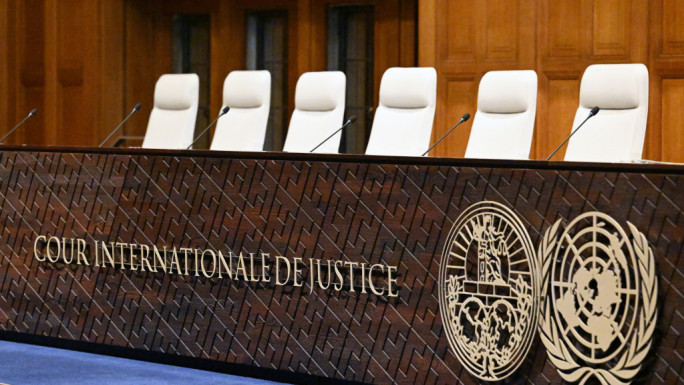
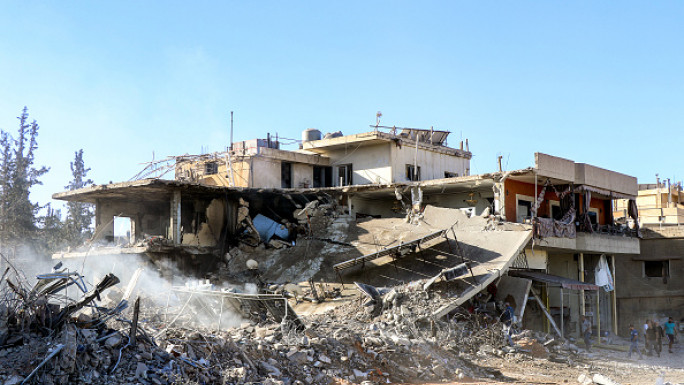
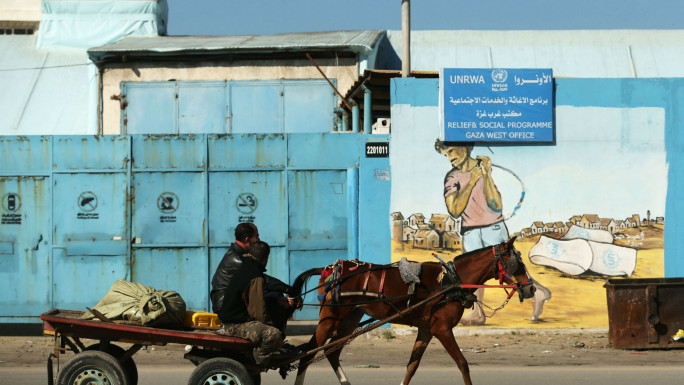

 Follow the Middle East's top stories in English at The New Arab on Google News
Follow the Middle East's top stories in English at The New Arab on Google News
